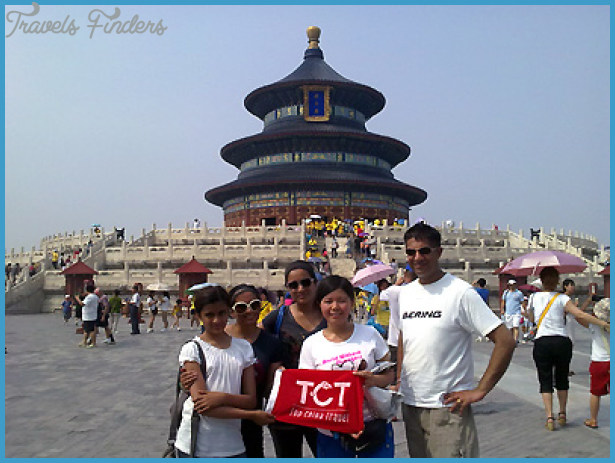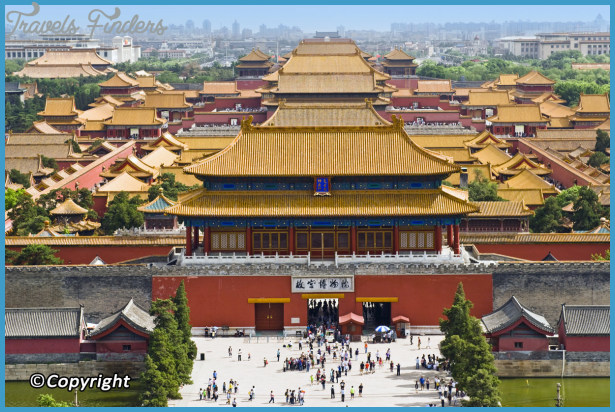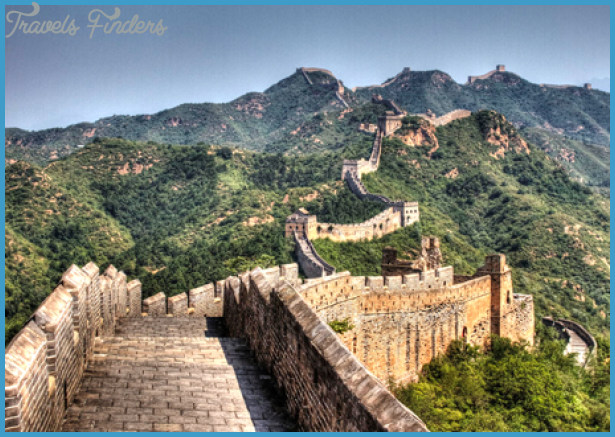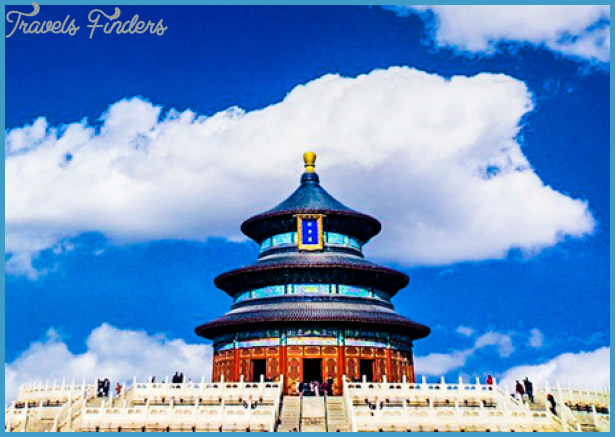In China, where there is no differentiation between handicrafts and art in the Western sense, porcelain is something of cultural importance rather than merely a matter of taste. To know a piece of porcelain, its colour, its shape, its sound, to touch the surface, all these experiences are part of the education of a learned man, as the renowned poet Du Fu (see Famous People) testifies in his writings.
There are several reasons for this peculiar aesthetic sensitivity. Certainly the Taoist tradition places great emphasis on the mystical relationship between man and nature. Porcelain, a product of earth and fire, has much more to do with the warm, mysterious ways of nature than cold metal. To the Chinese it can be compared with flowers, water, snow and jade.
Another significant factor is the link between porcelain, painting and calligraphy. In porcelain’s heyday the porcelain painter was an artist in the true sense. He would work in similar surroundings with the same brushes and apply the same brush strokes. As with silk or Chan painting, there is no place for mistakes. Success and quality cannot be fully judged until the work has been fired and to a large extent, there is little practical control over the outcome. This element of unpredictability which is not applicable to working with bronze or stone seems to conceal an elusive spiritual element.
Finally porcelain is a part of the rural tradition. Collections are passed down the generations, representing security and continuity and a testimony to the superior skills of ancestors.
The History of Pottery
It is not clear when exactly porcelain was invented. Western art historians generally believe that its origins date from the Tang Dynasty (618-907) orthe beginning of the Song Dynasty (960-1279). Artefacts have been discovered which date from this era and which have a glaze that has fused with the clay during the first firing. Thus the white crystalline solid now known as porcelain was formed. For the Chinese the concept of porcelain covers a variety of stoneware products all of which should be fired at high temperatures (1000-1300°C/1800-2400°F). The result is a material much harder than conventional clay-ware but not always with the glassy, smooth finish of what we would describe as porcelain. Stoneware, porcelain-style stoneware and porcelain are all known in Chinese as “ci” (pronounced “tsi”). Thus in the opinion of Chinese experts the date for the invention of “ci” must be brought forward to as early as the Wei or Jin Dynasty (4th c. a.d,). However, discoveries made in the 1970s of 16th c. b.c. fragments have led some archaeologists to conclude that porcelain dates from around that time. Special clay made from a combination of kaolin and feldspar was fired in the same kilns that produced the Shang and Zhou Dynasty bronzes.
Whatever the truth, the discovery of a material which does not absorb liquid and is durable and easy to clean ranks as one of the finest achievements of antiquity – an achievement that could only have emerged from a settled culture with a long tradition of ceramics. While the Chinese were able to produce a wide range of clay products, the other Asiatic races, which still led a nomadic existence, showed no interest in making such delicate and fragile objects. In this respect the production of decorative pottery mirrors the national character of the Chinese and the stability of the society they had created.
In 6000 b.c. fine clay vessels were being produced by the Peiligang culture on the banks of the Huanghe. A little laterthe Yangshao culture introduced colour, while the Longshan culture was making shiny black bowls shaped on a potter’s wheel. In the history of ceramics this type of thin-walled stoneware is still regarded by many as the perfect model.




















